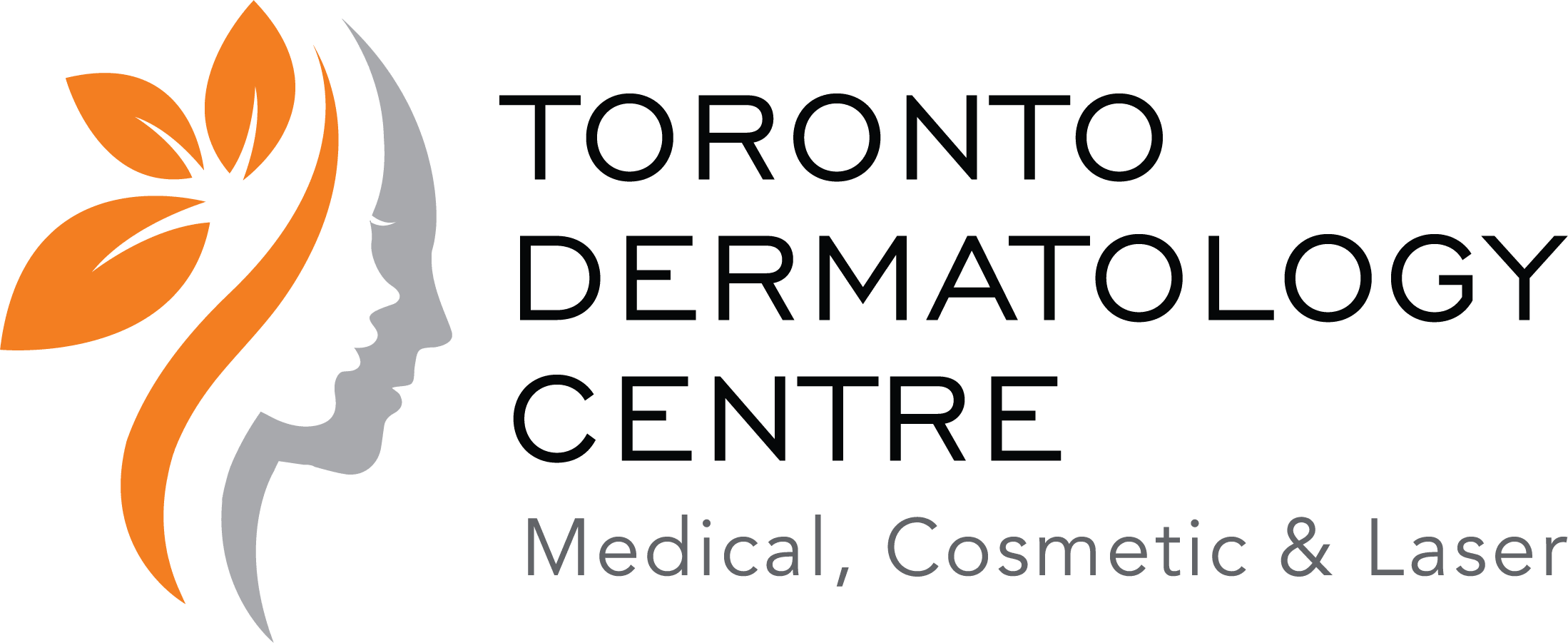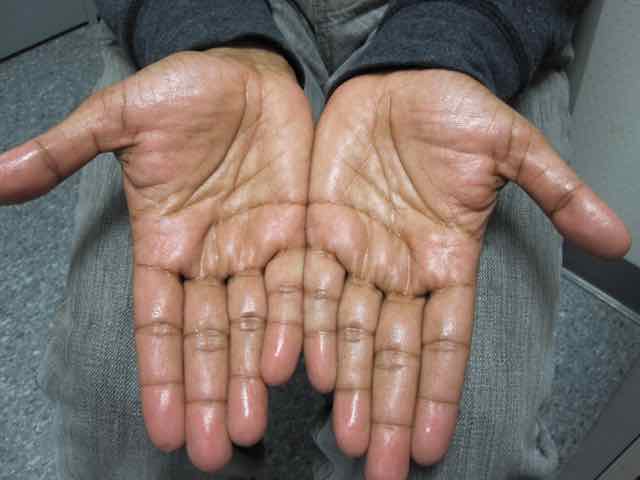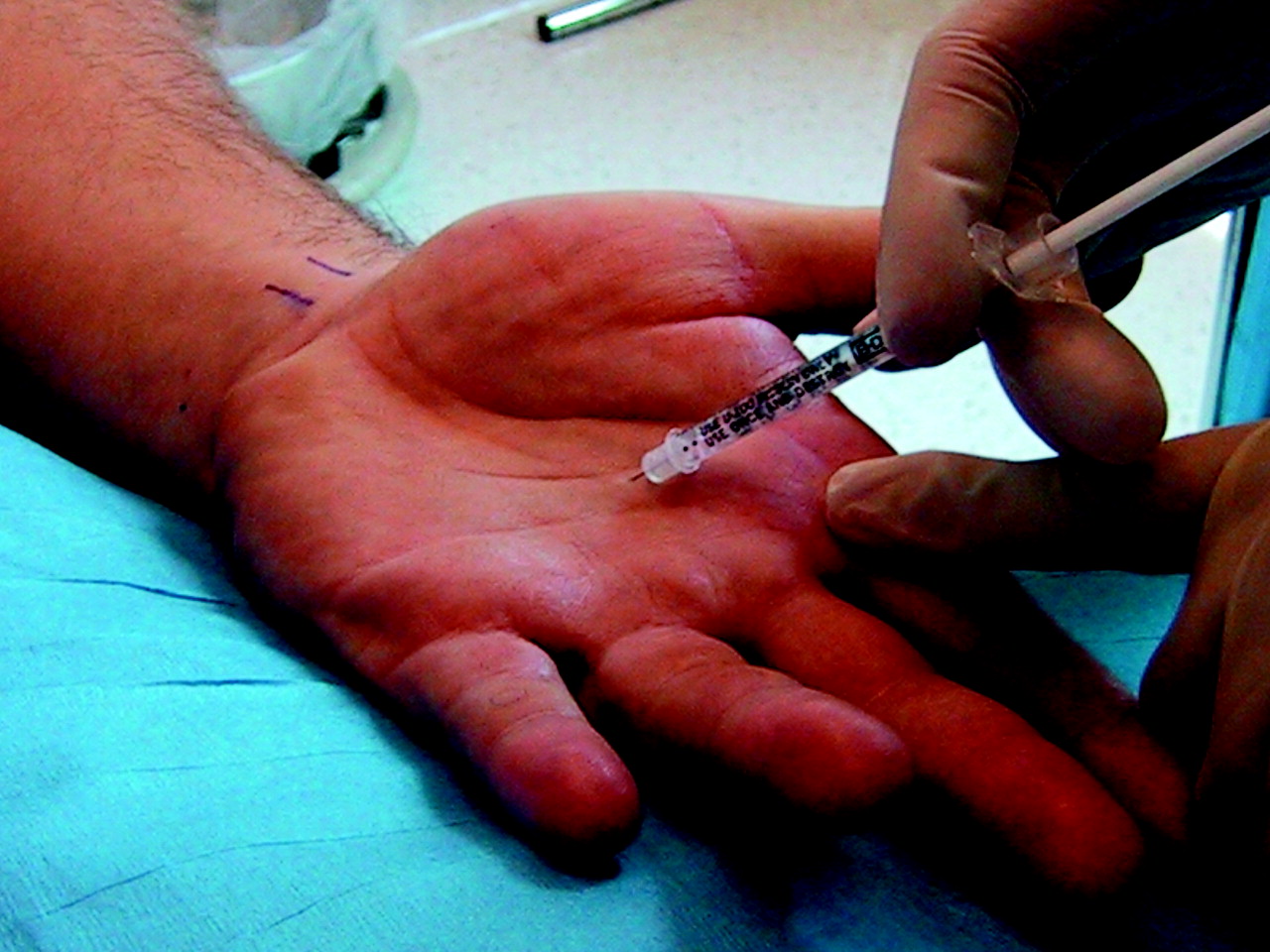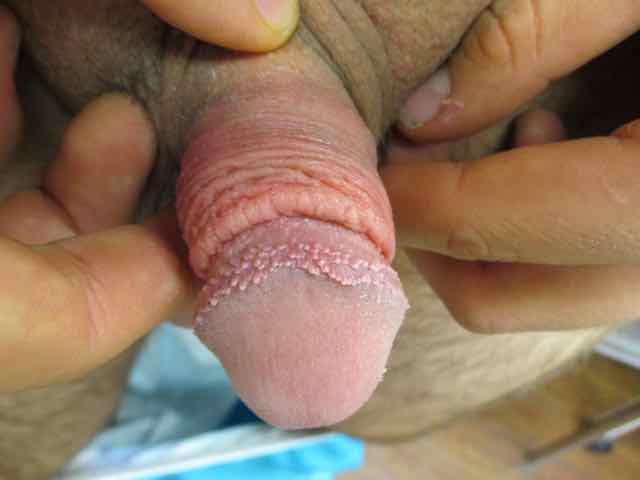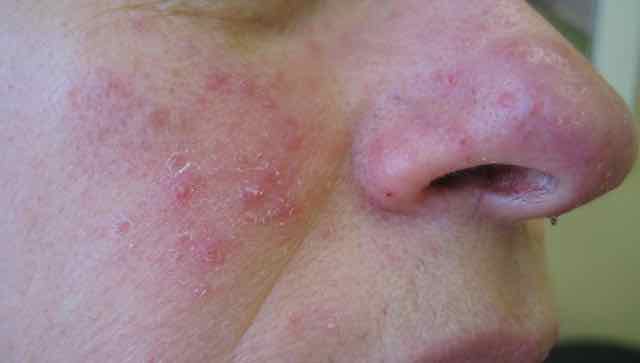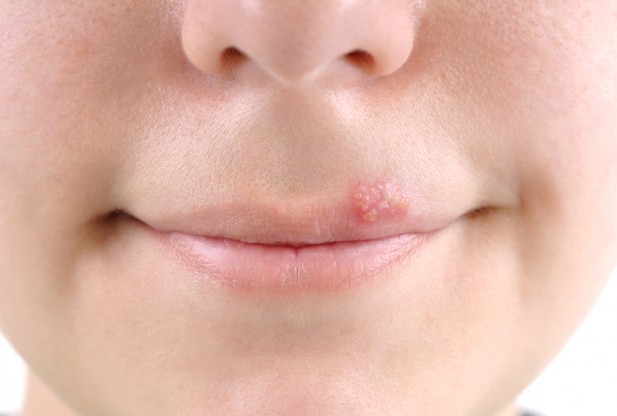Studies show that about 1 in 10 people suffer from some form of nail fungus in their lifetime. Toenail fungus is much more prevalent than fingernail fungus. The fungus can make toenails thick, yellow or discolored, and may cause pain when walking or standing.
Fungal nail infections (“onychomycosis”) are typically caused by a kind of fungi called dermatophytes, though certain yeasts and molds may also contribute to the nail fungus. Nail fungi usually grows in warm and humid environments such as spas, swimming pools, public showers and locker areas. Walking around public areas barefoot increases your risk of developing toenail fungus. Wear your flipflops!
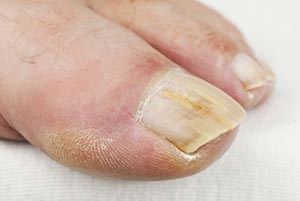
You may be suffering from different types of nail fungi, as a result, the following symptoms can develop:
- Thickened or distorted nails
- Brittle, crumbly or ragged nails
- Dull, discolored nails
- Dark nails caused by debris building up under the plate
- Nails with yellow streaks under the plate
- Nails with white spots or streaks on the plate
Fungal nail infections are quite challenging to treat due to the difficulty of reaching the fungi embedded underneath the nail. The fungi are so stubborn that traditional toenail fungus treatments such as home remedies, prescription pills and creams have a cure rate of no better than 70% (higher if treated early on) and prescription pills can uncommonly cause liver damage.
For many people, toenail fungus is simply a cosmetic issue. If not treated promptly and properly however, it can lead to permanent damage to the nails and recurring athlete’s foot, and even lead to more serious health problems, specifically among individuals with diabetes and weakened immune systems.
Finally, there’s an effective treatment recommended by many podiatrists and dermatologists that is proving to be as or more effective than traditional methods, and very safe. Our Laser Genesis Nd:Yag laser has been clinically proven to be one of the most effective systems available for curing toenail fungus and fingernail fungus. Most patients require 2-4 treatments to completely solve their nail fungus problems.
The energy delivered by the Nd:Yag laser penetrates the nail plate and selectively target the resistant fungi without any harm to the nail and surrounding tissues. We heat the area up to above 60 degrees C, which destroys the fungus. Localized stimulation of the immune system by the laser light also plays a role in eliminating the nail fungi. The treatment itself is quick, easy, painless and no downtime! The laser treatment usually takes 10-30 minutes depending on how many toenails are treated and the severity of the infection. When leaving the clinic, there is absolutely no pain, and you can resume all activity.
For most patients, 2-4 laser treatments are enough to destroy the fungus. You will not see results instantly though, as the nails take a long time to grow out. Within the first 3 months, it will gradually clear and new growth will develop under the existing nail. The toenail typically replaces itself every 6-12 months, though this will vary depending on the individual’s condition.
Our dermatologists’ are finding that a regime of Laser Genesis and home care use of an anti- fungal called Jublia solution is working best on their patients. Jublia is applied daily over the nail in the same manner as nail polish. The in-clinic procedure backed up by daily home use is ideal for stabilizing and finally destroying toenail fungus, without the risk of pills.
Avoiding situations that lead to toenail fungus is always optimal, but if you are one of those suffering from it, and can’t seem to get it resolved, then give our laser a try. Your toes will be happy you did.
~ Sheri Roselle, Medical Esthetician at Toronto Dermatology Centre
